Interval training is a great tool for runners of all abilities and can help you get faster and stronger. It can be a complicated business to get right though. I’ve tried to simplify it as much as possible below and this blog is aimed at those new to this type of training. Here’s a few important points.
- Interval training is, in it’s simplest form, periods of running faster (efforts), followed by running slower or walking (recoveries) a few times in a row (number of reps). Your efforts and recoveries can be measured either by time or by distance. For example 400m effort followed by 200m recovery x4; or 5 minutes effort followed by 90 second recovery x 3; or even 800m effort followed by 2 mins recovery x 6.
- The length of your effort and recovery, the pace you’re aiming to run each effort and how many you do will depend on your fitness, your training aims, which energy system and muscle type you’re looking to work, what other training you’ve done that week and any other goals for the session. So there’s a lot to consider.
- In very simple terms – if you’re training for a longer race, you’ll mostly benefit from longer efforts and vice versa. But it’s not just about the length of the interval. For example – I really enjoy running mile repeats (and the best type of training is the type you enjoy) so I run these year round. If I’m training for a 5k or 10k, I might do a session of 3 x 1 mile close to my 5k pace, but right now I’m in marathon training so I might run 6 x 1 mile at somewhere around half marathon pace.
- It’s this balance of pace, distance, recoveries and reps which can make interval training tricky. But it doesn’t have to be. It can be as simple as going out on your usual 4 mile run route and every mile, throwing in 30 seconds of faster paced effort or ‘surges’, before carrying on at your usual pace. I use these with some of the athletes I coach who haven’t done any structured interval training before. It’s a good way to get them to play around with different paces and think about their running form.
Take a look at my Training Guides for plans across a number of distances.
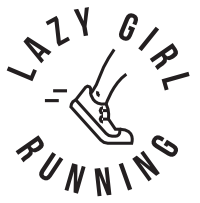
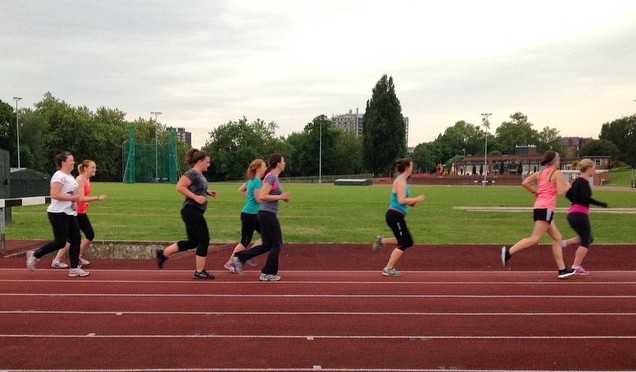

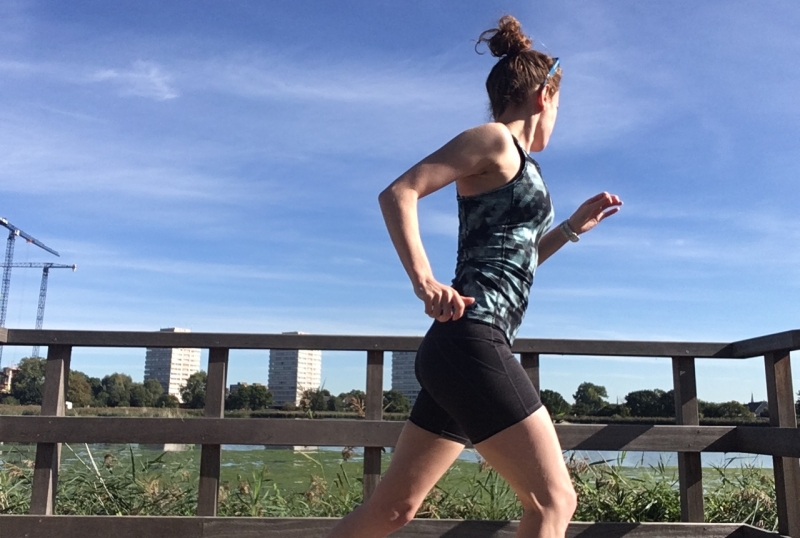

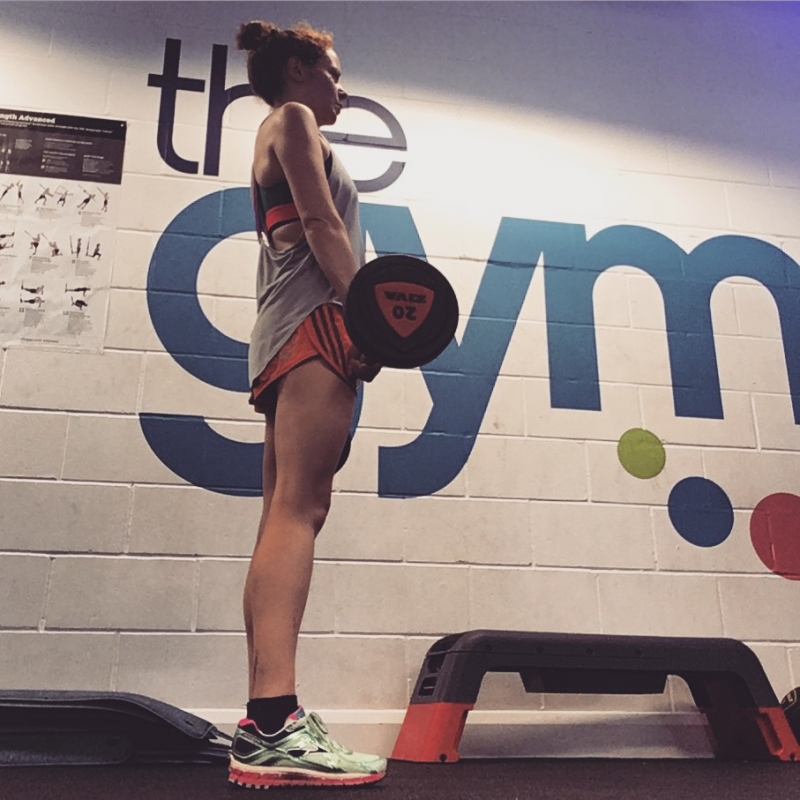

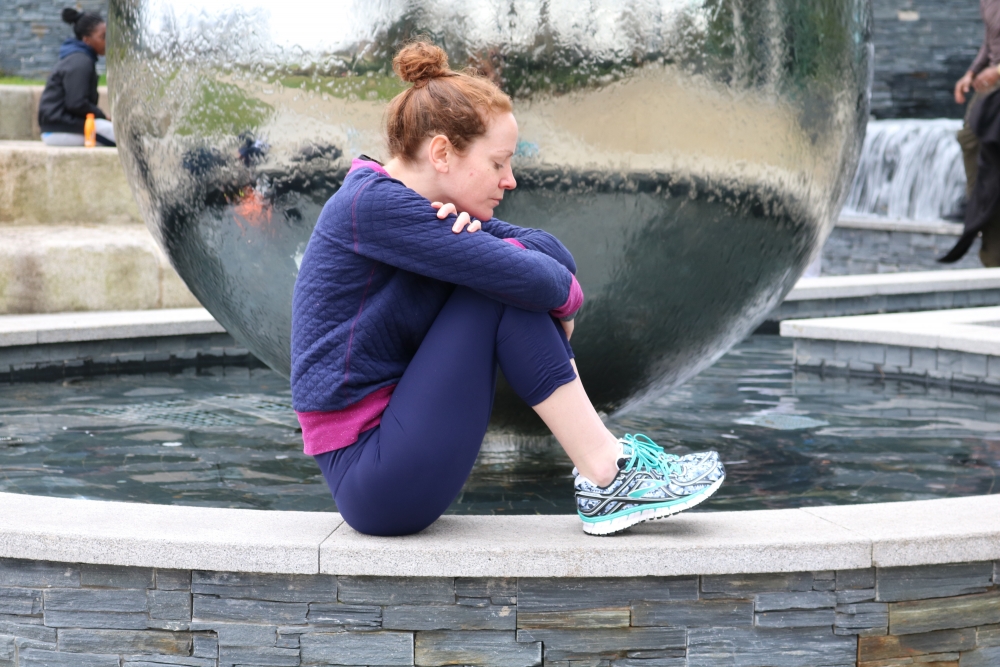
thanks for that information, I do intervals, but did not know they were intervals. thanks!!!